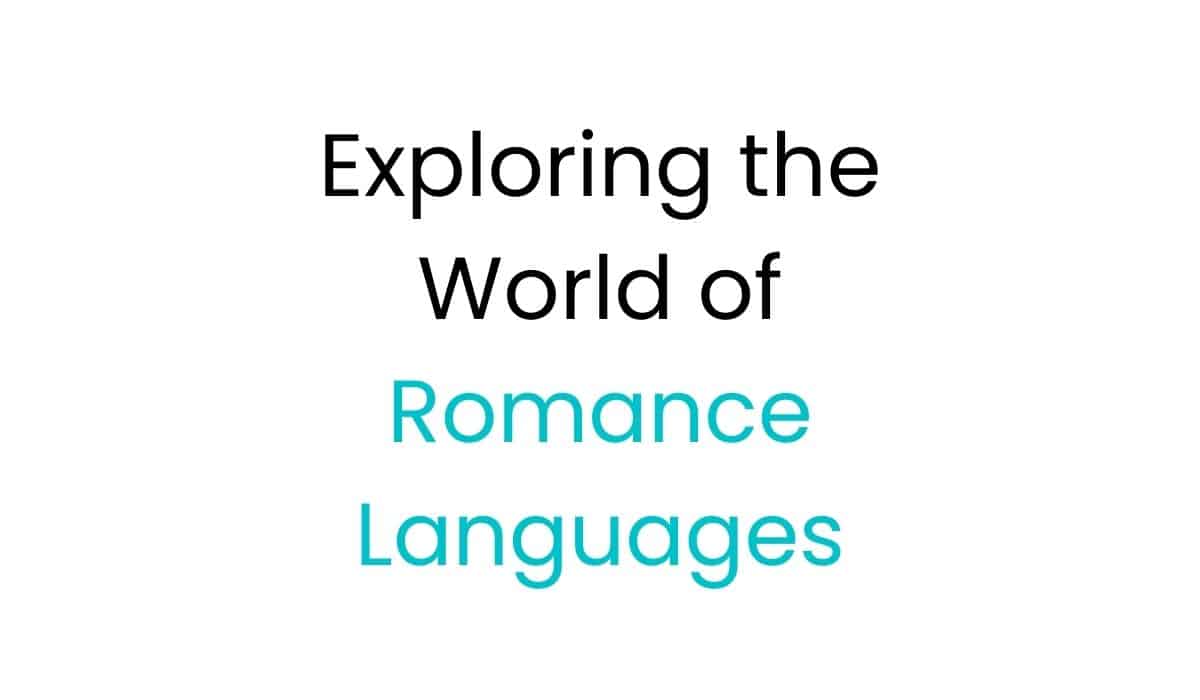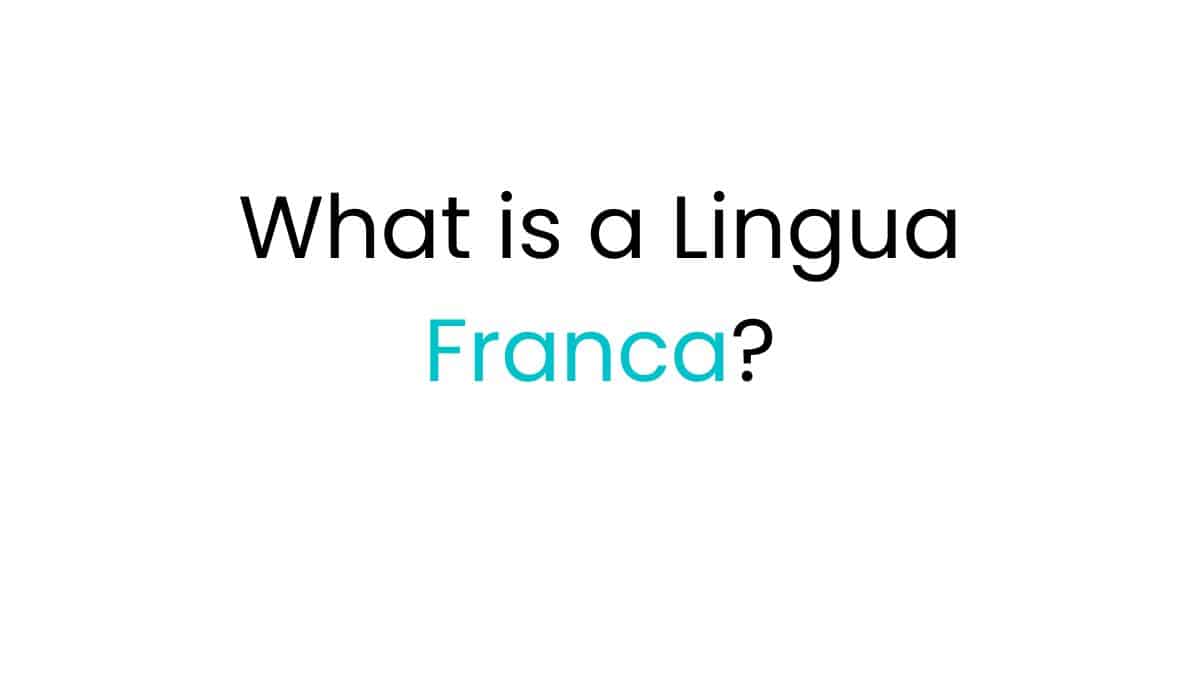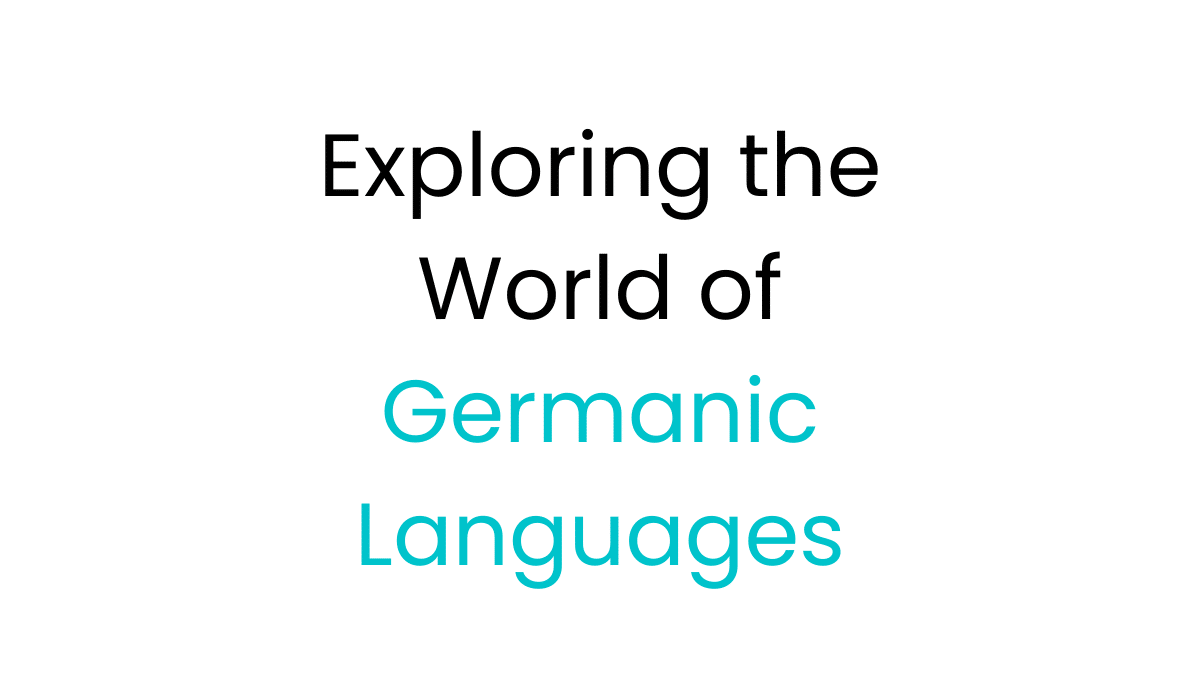Switzerland is a place where four main languages – German, French, Italian, and Romansh – blend together. This mix creates a special cultural identity. The country’s language diversity shows its deep history and geography. It reflects the many influences that have shaped Switzerland over time.
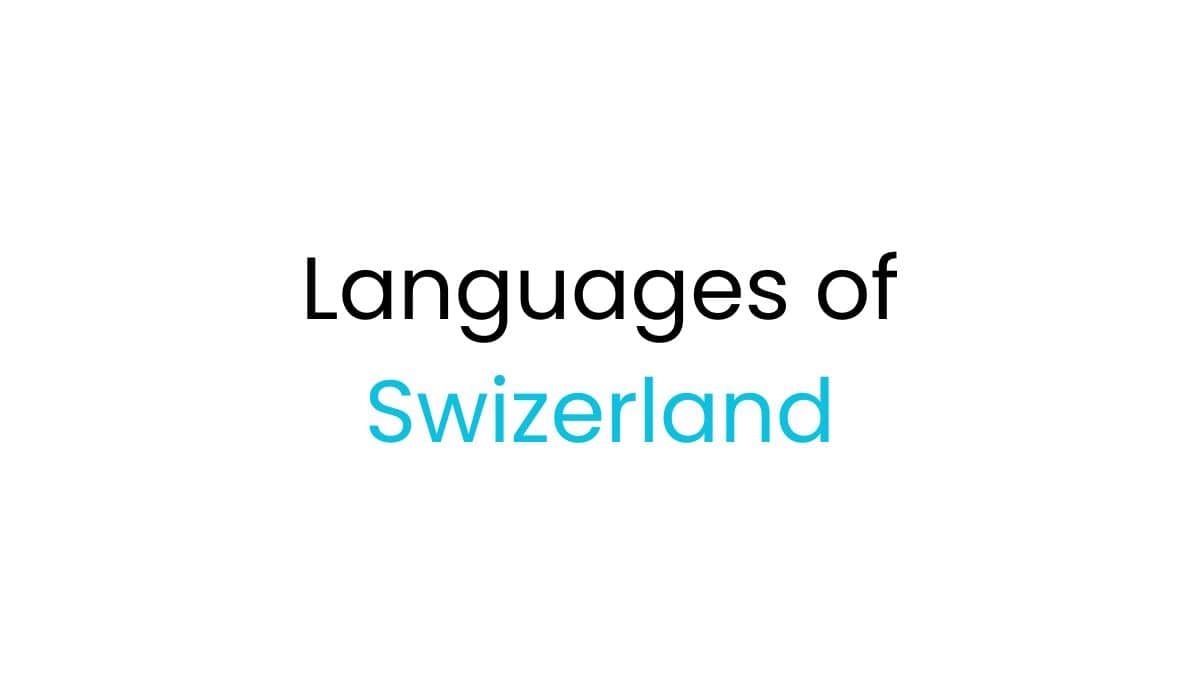
German is the top language here, with over 60% of people speaking Swiss German. This is mainly in the north, center, and east. French is used by about 20% of the Swiss and is found in the west. Italian is spoken by around 8.5% and is mostly in the south near Italy. Romansh, the least spoken official language, is used by less than 1% in the southeast.
But Switzerland isn’t just about these four languages. It also has many immigrant languages like Portuguese, Albanian, Serbo-Croatian, and Spanish. These add to the country’s cultural mix. English isn’t an official language but is widely used, especially in business and schools.
Key Takeaways
- Switzerland is a multilingual nation with four official languages: German, French, Italian, and Romansh.
- German is the most widely spoken language, used by over 60% of the Swiss population.
- French is the second most common language, spoken by around 20% of the population, primarily in the western regions.
- Italian is spoken by approximately 8.5% of the Swiss, predominantly in the southern regions bordering Italy.
- Romansh, the smallest national language, is spoken by less than 1% of the population in the southeastern canton of Grisons.
- Switzerland’s linguistic diversity extends beyond its official languages, with a growing presence of immigrant languages and the widespread use of English.
- Multilingualism is a defining characteristic of Switzerland, contributing to its cultural richness and attracting businesses, banks, and organizations to the country.
- Key Takeaways
- Switzerland's Four Official Languages
- The Origins and Distribution of the Official Languages
- Swiss German Dialects and Their Unique Features
- German Language Usage in Swiss Society
- Swiss Italian Dialects and Vocabulary
- Italian Language Presence in Ticino Canton
- The Dialects of Romansh
- The Origins and Cultural Significance of Romansh
- Portuguese, Albanian, and Spanish in Switzerland
- Government Efforts to Preserve Linguistic Diversity
- What are the official languages of Switzerland?
- What is the most widely spoken language in Switzerland?
- What are the unique features of Swiss German dialects?
- Where is French primarily spoken in Switzerland?
- Where is Italian primarily spoken in Switzerland?
- What is the status of Romansh in Switzerland?
- What are the main immigrant languages in Switzerland?
- How does the Swiss government support linguistic diversity?
The Multilingual Nation of Switzerland
Switzerland is a country with four official languages: German, French, Italian, and Romansh. Each language has its own roots and is spoken in different parts of the country. This shows the rich cultural mix of Switzerland.
Switzerland’s Four Official Languages
About 63% of people in Switzerland speak German as their first language. French is used by around 22% of the population. Italian is spoken by about 8%, and Romansh by a small 0.5%.
The Origins and Distribution of the Official Languages
German, French, Italian, and Romansh come from different historical times. German dates back to the Middle Ages. French, Italian, and Romansh came later, in the 15th, 16th, and Roman Empire times, respectively.
These languages are key in Switzerland’s government, schools, media, and business. They reflect Switzerland’s deep cultural roots and its effort to keep its language diversity alive.
German Language in Switzerland
About 63% of Switzerland’s people speak German as their first language. But, the German spoken there, called Swiss German, is different from the standard German. Swiss German has many dialects, each with its own words, grammar, and way of speaking.
Swiss German Dialects and Their Unique Features
Swiss German dialects often say ‘ss’ instead of the German ‘ß’, and they might leave out the ‘-en’ ending of verbs. These changes make Swiss German rich and diverse. Despite these differences, German is widely used in various contexts in Switzerland, like government, schools, media, and business.
German Language Usage in Swiss Society
Swiss German is mainly spoken and not written, while writing is mostly in standard German. This mix of spoken and written languages is unique in Switzerland. Swiss German is a big part of Swiss culture, but standard German helps with communication and connecting with others in the germanic languages in switzerland.
French Language in Switzerland
Switzerland is a country with many languages, and French is one of them. About 22.8% of people speak French as of 2020. This language is mainly used in the western part of the country.
Here, you’ll find the cantons of Geneva, Vaud, Neuchâtel, and Jura. Together, they make up the Suisse Romande region.
Swiss French, or Romand, is a special kind of French. It has its own way of speaking. For example, they say ‘septante’, ‘huitante’, and ‘nonante’ for 70, 80, and 90, not ‘soixante-dix’, ‘quatre-vingts’, and ‘quatre-vingt-dix’ like in France.
French is a big part of government, schools, media, and business in these regions. It’s an important language there.
| City | Population |
| Geneva | 203,951 |
| Lausanne | 140,000 |
| Biel/Bienne | 55,602 |
| Fribourg | 38,197 |
| Neuchâtel | 33,493 |
| Yverdon-Les-Bains | 30,156 |
| Montreux | 25,984 |
| Vevey | 19,824 |
About a quarter of Switzerland’s people speak French. French is an official language in some cantons. Also, three cantons, Bern, Fribourg, and Valais, use both French and German.
Italian Language in Switzerland
Italy’s impact on Switzerland’s language scene is clear. Italian is the third most spoken language there. About 8% of Swiss people speak Italian as their main language. This is especially true in the southern canton of Ticino, which is near northern Italy.
Swiss Italian Dialects and Vocabulary
Swiss Italian is a unique version of Italian spoken in Switzerland. It’s similar to the Lombardy dialect of northern Italy but has its own words and way of speaking. For example, Swiss Italian uses ‘licenza di condurre’ for ‘driver’s license’, unlike the Italian ‘patente di guida’.
Italian Language Presence in Ticino Canton
In Ticino, Italian is a big deal. It’s the only official language there and is used a lot in government, schools, media, and business. The 2019 census found about 720,000 people speaking Swiss Italian natively in Switzerland. Also, around 2 million people in the country know Italian as a second language.
| Statistic | Value |
| Native Swiss Italian Speakers | 720,000 |
| Individuals Speaking/Understanding Italian as a Second Language | 2 million |
| Percentage of Swiss Population Speaking Italian as Main Language | 8.1% (2013/2014 data) |
| High School Students Choosing Italian as a Subject | 5% (in certain areas like St. Gallen) |
Even though Italian use in Switzerland has dropped, it’s still a key part of the country’s language and culture.
Romansh: The Unique Romance Language of Switzerland
In the southeastern corner of Switzerland, Romansh is a key part of the country’s language mix. It’s spoken by less than 0.5% of the Swiss people. Yet, it’s a vital part of Switzerland’s cultural identity.
The Dialects of Romansh
Romansh isn’t one language but five different dialects: Sursilvan, Vallader, Putèr, Surmiran, and Sutsilvan. These dialects are close enough to understand each other but still have their own special traits. They show the rich language diversity of the Graubünden region.
The Origins and Cultural Significance of Romansh
Romansh comes from the Latin spoken by Roman soldiers in the area. Over time, it grew into the Romansh language we know today. Romansh is more than just a language; it’s a key part of the Graubünden culture. The Swiss government sees the value in keeping Romansh alive and supports its use in schools, media, and government.
Despite being less common than German, French, and Italian, Romansh is still going strong. This is thanks to the hard work of its speakers and groups working to keep it alive and unique.
Languages of Switzerland: A Linguistic Tapestry
Switzerland is a nation where linguistic diversity is a big part of its culture. The four official languages – German, French, Italian, and Romansh – make a rich mix. This mix shows the unique history and geography of the country.
German is spoken by 60%-65% of the Swiss people. Swiss German dialects add a special touch to everyday talk. French is used by 20%-25% of the Swiss, mainly in the Romandy region. Italian is spoken by about 8%-10% of the people, mostly in the Ticino canton and parts of Graubünden.
Romansh, the smallest national language, is spoken by only 0.5% of the Swiss people. Yet, this Romance language, with its five unique dialects, is very important culturally. The Swiss government works hard to protect it.
Switzerland also has many immigrant languages, like Portuguese, Albanian, and Spanish. These languages are spoken by a growing number of people.
This linguistic tapestry shows Switzerland’s strong effort to keep its cultural richness. It’s a great example of how multilingualism can bring people together. It helps create understanding and unity in a diverse society.
Immigrant Languages and Their Growing Presence
Switzerland is not just about the four official languages. It’s also a place where many immigrant languages thrive. Portuguese, Albanian, and Spanish are among the top ones you’ll find here.
Portuguese, Albanian, and Spanish in Switzerland
Since the early 2000s, Portuguese has become more popular in Switzerland. Now, over 5% of the people speak it at home. This is thanks to many Portuguese immigrants who have made Switzerland their new home.
Albanian language has also become more common, with about 1% of the Swiss population speaking it first. This shows the growing number of Albanians from Kosovo and North Macedonia living here.
Spanish is another language on the rise, with almost 2% of Swiss people speaking it most. This is because of more immigrants from South America.
These languages add to Switzerland’s rich mix of languages. They show how the country’s population is changing. This diversity makes Switzerland’s culture more colorful and shows its support for being multilingual.
Language Policies and Promotion in Switzerland
Switzerland is known for its many languages. It has strong policies to keep its four official languages alive: German, French, Italian, and Romansh. The government sees the value in this mix of languages and works hard to keep them going.
Government Efforts to Preserve Linguistic Diversity
The Swiss Federal Constitution gives equal status to the four national languages. It requires them in government documents, courts, and speeches. The Federal Language Act of 2001 also helps with this, making sure everyone knows all four languages.
In schools, kids learn at least two of the official languages. The government also helps with exchanges between language groups. This brings people together and makes them appreciate their shared heritage.
Swiss authorities make sure all official talks and writings are clear and respectful. This makes sure everyone can understand and feel included. It keeps all four languages on an equal footing.
“The linguistic distribution in Switzerland delineates four separate monolingual geographical regions for the main languages.”
Language policies and promotion efforts keep Switzerland’s language mix vibrant. They show how to keep languages alive in a multilingual country.
Cultural Richness Through Linguistic Diversity
Switzerland’s mix of languages shows its deep cultural roots. The country has four official languages – German, French, Italian, and Romansh. Immigrant languages add to this mix, making Switzerland’s culture unique.
This mix of languages helps keep alive different customs and traditions. For example, Swiss folk music uses the accordion, violin, and alphorn. Museums across Switzerland show art, science, and culture, celebrating the nation’s linguistic and cultural wealth.
Switzerland values its many languages and cultures. This makes it a lively, culturally rich place. It’s a model for how multilingualism and cultural identity in switzerland can thrive. The country’s linguistic diversity and cultural richness make life better for its people and draw visitors from around the world.
“Switzerland’s linguistic diversity is not just a matter of practicality, but a celebration of the country’s unique cultural identity.”
As the world gets closer together, Switzerland shows how to keep cultural diversity in switzerland alive. By valuing its linguistic diversity, Switzerland shows the importance of multilingualism and cultural identity in Switzerland.
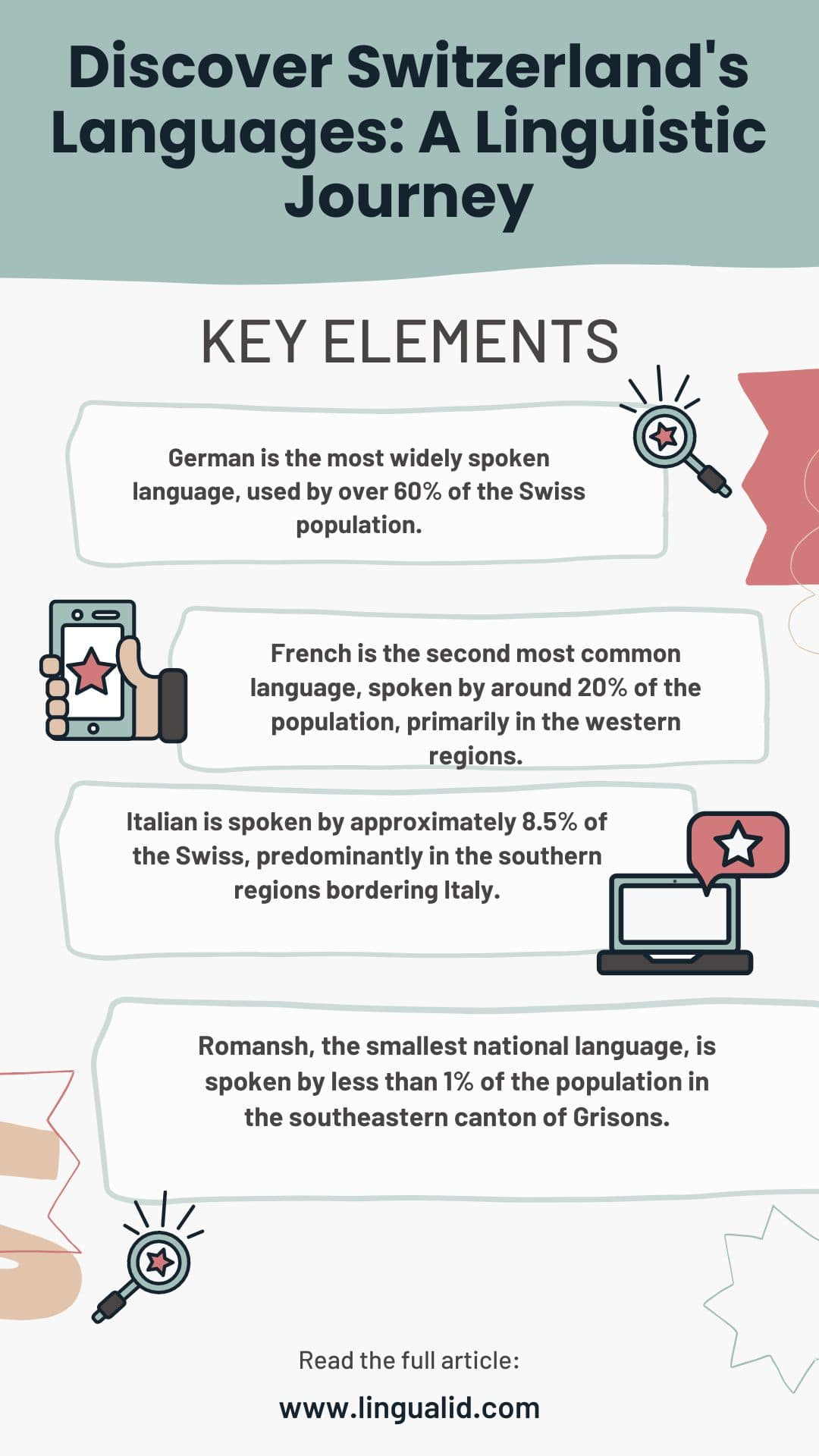
Conclusion
Switzerland is known for its rich mix of languages, with German, French, Italian, and Romansh as official tongues. This mix shows the country’s complex history and geography. Immigrant languages like Portuguese, Spanish, and Albanian add to the cultural diversity, making Switzerland’s identity unique.
The Swiss government works hard to keep these languages alive and active in daily life. This shows how much value they place on speaking many languages. It’s not just about language; it’s about the culture and history tied to each one.
Switzerland’s approach to language diversity is a lesson for the world. As global connections grow, it shows how countries can keep their languages and cultures alive. This journey through Switzerland’s languages underlines the need to protect our linguistic diversity in today’s world.
FAQ
What are the official languages of Switzerland?
Switzerland has four official languages: German, French, Italian, and Romansh.
What is the most widely spoken language in Switzerland?
German is the most spoken language in Switzerland. About 63% of people speak it first.
What are the unique features of Swiss German dialects?
Swiss German dialects stand out with their unique traits. They use a double ‘ss’ and drop the ‘-en’ ending of infinitive verbs.
Where is French primarily spoken in Switzerland?
French is mainly spoken in Switzerland’s western part. This includes the cantons of Geneva, Vaud, Neuchâtel, and Jura.
Where is Italian primarily spoken in Switzerland?
Italian is mainly spoken in southern Switzerland. It’s found mostly in the canton of Ticino, near northern Italy.
What is the status of Romansh in Switzerland?
Romansh is Switzerland’s fourth official language, spoken by about 0.5% of the population. It’s mainly spoken in Graubünden, with five main dialects.
What are the main immigrant languages in Switzerland?
The main immigrant languages in Switzerland are Portuguese, Albanian, and Spanish. Their numbers have been growing.
How does the Swiss government support linguistic diversity?
The Swiss government values linguistic diversity. It supports the four official languages through policies. This includes government services and communications in all four languages and funding for Romansh promotion.
Oualid Cheddadi is the founder of Lingualid, a platform that inspires independent language learners worldwide, regardless of the language they are learning. The name “Lingualid” is derived from the Portuguese word for “language,” “língua,” and the last three letters of Oualid’s name, “Lid.”

